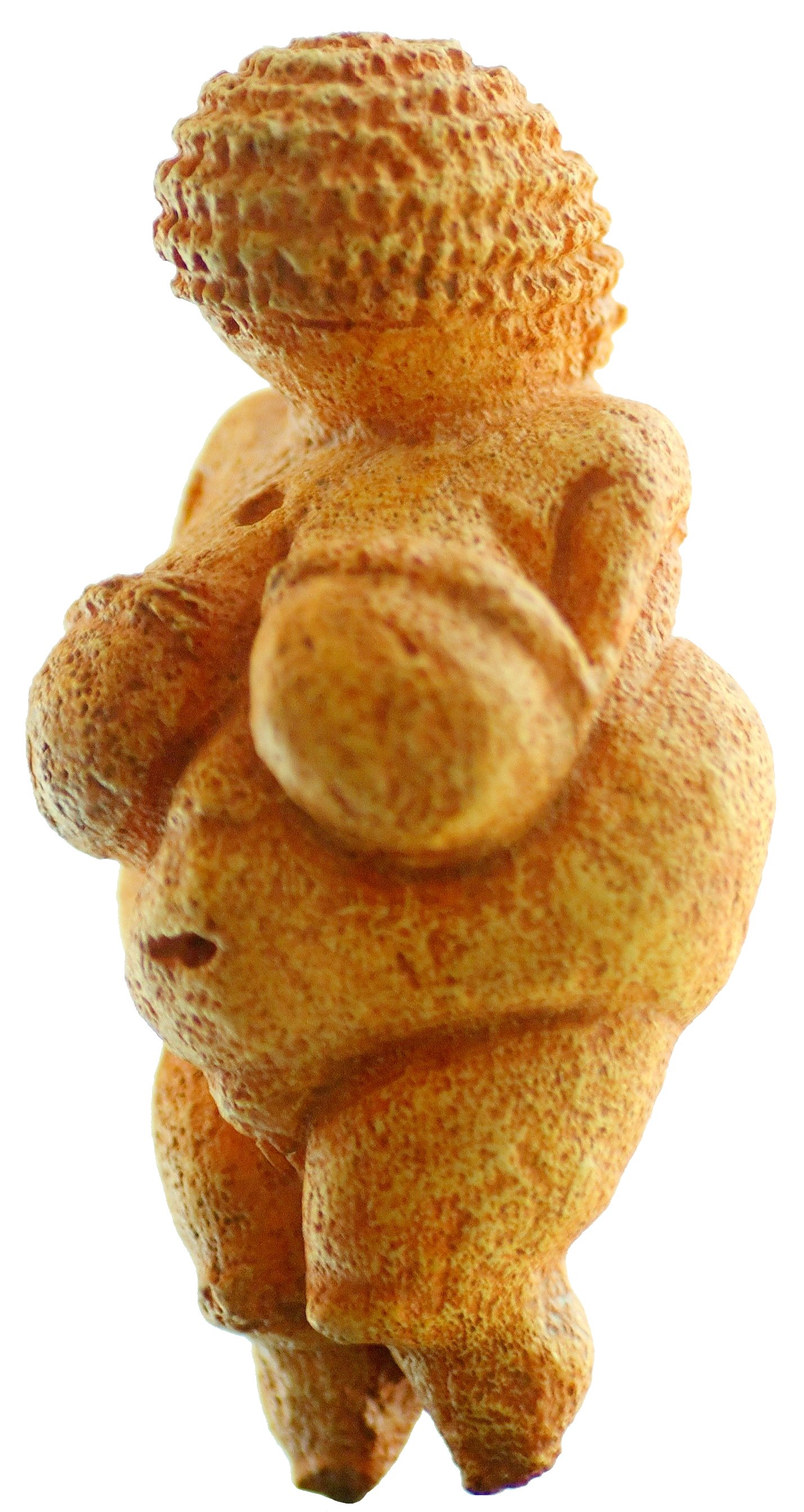I'd like to explain here what the Centum/Satem split is all about:
the three sounds in question which the split is all about are reconstructed for Proto-Indo-European as *k´ *g´ *g´h. These are called the palato-velars.
- In the Centum languages (Celtic, Germanic, Italic, Greek and Tocharian), they are merged with the so-called "plain" velars (*k, *g, *gh).
- In the Satem languages (Albanian, Armenian, Balto-Slavic, Indo-Iranic) they are turned into fricative sounds (such as s, z, ʃ, etc.).
To pick some good example:
English "hundred", Breton "kant", Latin "centum", Greek "Hekaton" vs. Latvian "simts", Russian "sto", Sanskrit "satam"
English "gold" vs. Latvian "zelts" and Russian "zoloto"
Gothic "taihun", Gaulish "decametos", Latin "decem", Greek "deka" vs. Latvian "desmit", Russian "desyat", Sanskrit "dasa"
So, it's pretty clear that Dacian was a Satem language ("zalmos", "briza"). There's additionally Dacian loanwords in both Albanian and modern-day Romanian.
Oh, and by the way, Old Prussian is a Baltic language, not a Germanic one.

 Razjasni, naročito ovo germansko, pretpostvaljam da tu trpaš onaj R1b koji je od Bugara i onaj drugi što je došao sa Arnautima?
Razjasni, naročito ovo germansko, pretpostvaljam da tu trpaš onaj R1b koji je od Bugara i onaj drugi što je došao sa Arnautima?
 Molio bih doktora @Kor-a da mi odgovori pošto ovi novi podatci potkopavaju njegovu teoriju o srpskoj I2a haplogrupi.
Molio bih doktora @Kor-a da mi odgovori pošto ovi novi podatci potkopavaju njegovu teoriju o srpskoj I2a haplogrupi.
